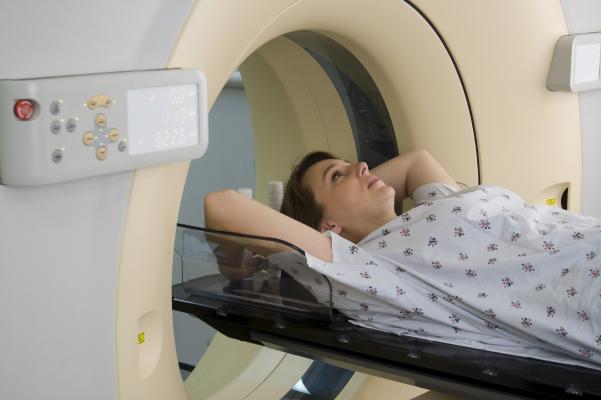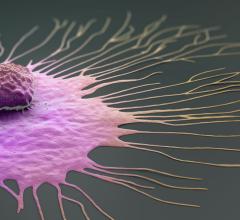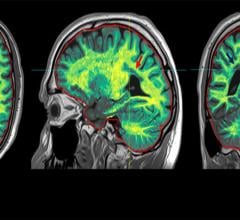
September 12, 2017 — The U.S. Food and Drug Administration’s (FDA) Medical Imaging Drugs Advisory Committee (MIDAC) voted overwhelmingly last week to recommend new labels on gadolinium-based contrast agents (GBCAs) warning of the possibility of gadolinium retention in the body following administration during magnetic resonance imaging (MRI) exams. The labels will further explain that linear GBCAs carry a greater risk than macrocyclic agents, and that there is a greater risk for certain patient populations, according to Medscape.
The meeting, held Sept. 8, brought FDA officials together with healthcare professionals, industry representatives, patients and patient advocacy groups to discuss the merit of changing the regulatory approach for GBCAs. Representatives from Guerbet, Bayer, Bracco and GE Healthcare were all present at the meeting.
Concerns have emerged about gadolinium-based contrast agents in recent years as research has suggested that gadolinium is retained in the body, particularly in the brain, after administration and could cause adverse health effects, particularly for patients with renal failure. The FDA issued a Drug Safety Communication in May 2017 titled “No Harmful Effects Identified With Brain Retention,” in which the agency said it had not identified any adverse health effects from gadolinium retained in the brain, but that it would continue its review.
In a statement released before the Sept. 8 meeting, the FDA said, “FDA’s approach has been educational: alerting the public and clinicians to the retention phenomenon but not issuing any restrictions on use because toxic effects in humans have not been established.”
For more information: www.fda.gov
Related Content on MRI Gadolinium Retention in the Brain
FDA: No Harm in MRI Gadolinium Retention in the Brain
Recent Trends and Developments in Contrast Media


 April 24, 2024
April 24, 2024 








